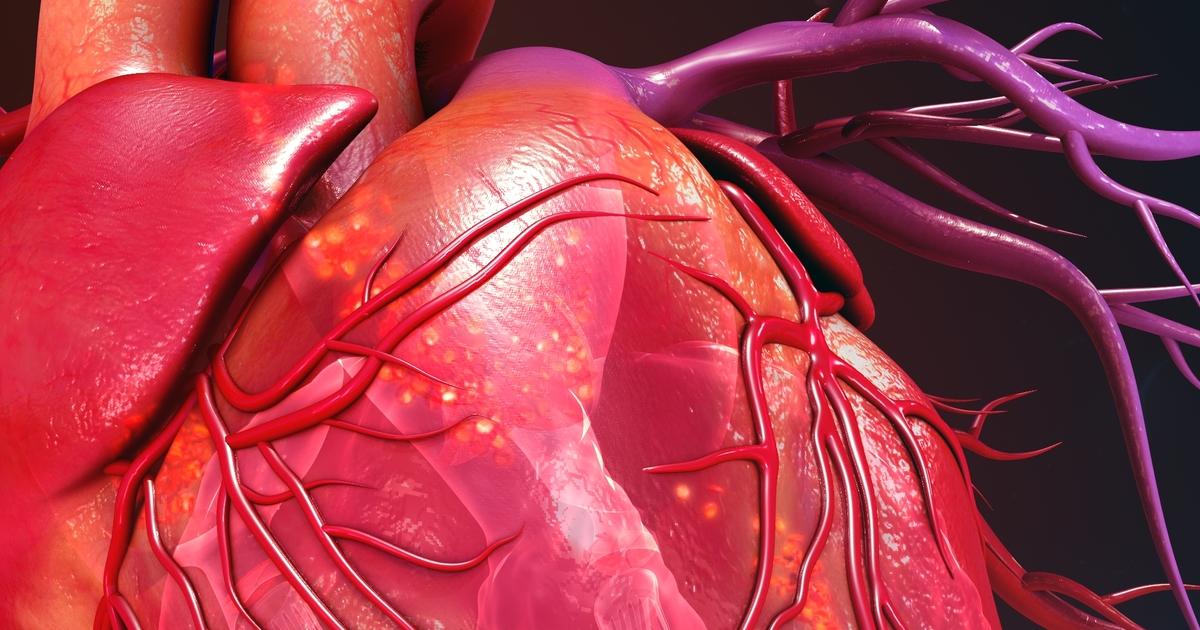What Are The Types Of Veins?
Systemic Veins

Systemic veins are the veins that make up an individual's systemic circuit that circulates the body and then carries blood to the pulmonary circuit that starts with entry into the right atrium of the heart. An individual's systemic circuit begins when blood leaves their heart through the aorta. Systemic arteries are vessels that carry blood from the aorta to all the different body tissues, and the systemic veins are the vessels that take the oxygen-poor blood back to the heart. The systemic veins begin in the smallest veins, which are referred to as superficial veins, where oxygen-poor blood moves away from the most distant tissues in the direction of larger sized veins, which are referred to as the connecting veins. The oxygen-poor blood moves from the connecting veins into the deep veins, which eventually merge into the main systemic veins. The two main systemic veins are called the inferior vena cava and the superior vena cava. Both the inferior vena cava and superior vena cava move the oxygen-poor blood from the deep veins and up into the right atrium of the heart, ending the systemic venous circuit.
Read more about the major types of veins now.